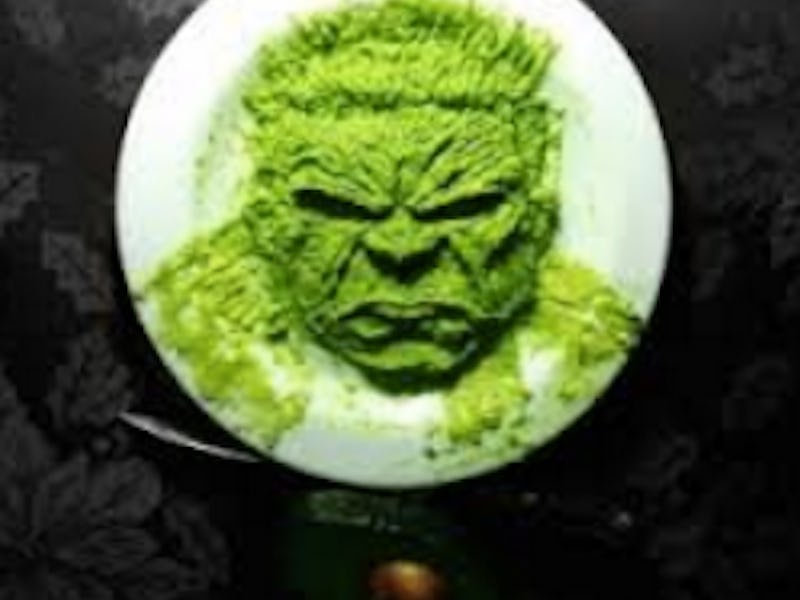Radioactivity-triggered origin stories in the science-fiction universe have become so common they feel like a cop-out. The Hulk? Gamma rays. Dr. Manhattan? Radioactive particles. The Fantastic Four? Cosmic radiation. The apparent rarity of radioactive source material makes our superheroes seem especially exceptional, but new research on radiation-emitting avocados suggests those gamma rays are actually pretty common.
On Friday, a team of scientists at North Carolina State University reported that the potassium in avocados emitted the same amount of radiation as an average smoke detector (which contains trace amounts of the chemical americium), slightly less than your average banana, and a little more than a typical brick. Publishing in the journal Health Physics, the researchers were investigating the amount of radiation that comes off of everyday items in order to provide the rest of us with a bit of perspective.
A new study revealing that radiation is emitted from household objects suggests we're all a little like Bruce Banner.
“If people understand what trace levels of radiation mean, that understanding may help prevent panic.” Robert Hayes, Ph.D., an associate professor of nuclear engineering at NC State, said in a release. While the word radiation immediately triggers visions of the atomic bomb, Chernobyl-like ghost towns, and giant green superheroes, it’s actually constantly being emitted by the things around us — and, in those relatively small doses, it’s pretty benign.
Outside of nuclear power plants and X-ray laboratories, radiation occurs naturally; it’s simply the release of a particle — whether alpha or beta particle, gamma ray, or conversion electron — from the center of a decaying atom, which is a process that happens spontaneously, to all atoms, over time. With radiation, as with other substances that kill humans, the poison is in the dose. Bruce Banner simply had it worse than the rest of us.
“If you’re surprised that your fruit is emitting gamma radiation, don’t panic,” Hayes said in the release. Avocados, his team found, release about 0.16 micrograys, while bananas give off about 0.17. The government’s upper limit for workers, in contrast, is 50,000 micrograys. “The levels we’re talking about in your household are incredibly low,” he says.
Given this perspective, we’re all a little bit like the Hulk. Sure, his genes may have a higher tolerance for potentially DNA-damaging radioactive particles, but let’s never forget that the gamma rays that made him are the same ones lacing your guac.
